Harissa, the Tunisian hot sauce, is an unbelievably spicy paste. It's used widely in the North African cuisines of Morocco, Tunisia and Algeria.
The main ingredients of Harissa sauce are chili peppers, combined with garlic, coriander, cumin, lemon juice and olive oil.
They can be adjusted depending on the geographical region the sauce is prepared in. The most common additives are red peppers, sea salt, caraway, fennel or an onion head, coarsely chopped.
The paste is a challenge for even the biggest spicy lovers. It can typically be bought at Arabic food stores and specialized spice stores. It's sold in bags, cans or even in plastic bags. Besides buying it from the store, you can make Harissa at home.
Homemade Harissa is easy to make. However, caution should be taken when eating it due to its saturated and intense taste. To make it, clean the seeds from the chili peppers. For a richer aroma you can heat the spices you'll add in a hot pan.
Blend the peppers roughly in a blender. Add the remaining spices and blend until you get a paste. The consistency is according to preference - creamier or coarser. If your Harissa ends up too thick, add olive oil.
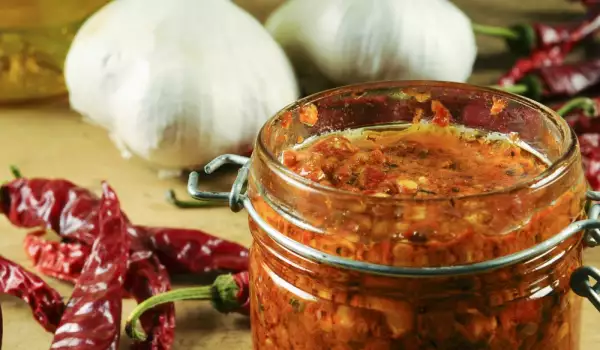
Put the homemade Harissa in the fridge in a glass container for 24 hours. This allows for all of the flavors to mix together. You may can the resulting mixture. If storing it in the fridge for a longer period, pour in a thin layer of olive oil.
Harissa is not for everyone. It can be consumed on its own or as a garnish to another dish. In the West they use the paste to flavor different kinds of sauces for meat, eggplants, sandwiches and spaghetti. In Tunisia, in contrast, they use it to season fish, chickpeas, couscous, goat and lamb meat.
In some European countries there's a custom of smearing it on bread slices and eating it as a snack. But no matter how you decide to eat it, you'll definitely need a healthy stomach and high affinity for spiciness.
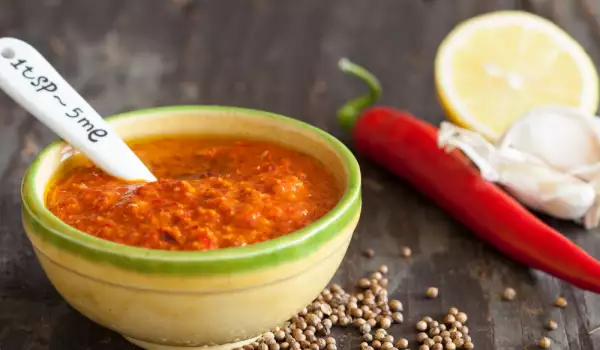
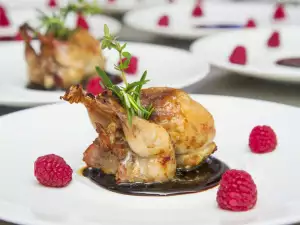
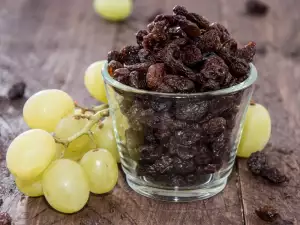
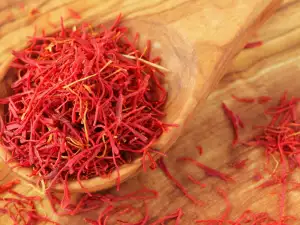

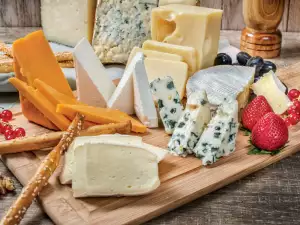
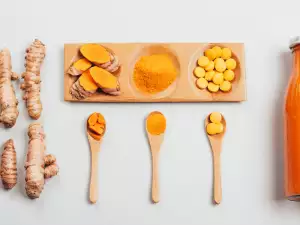
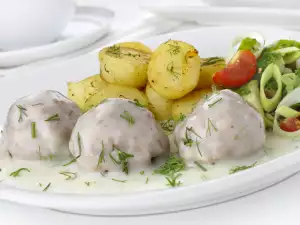
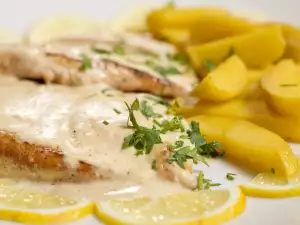
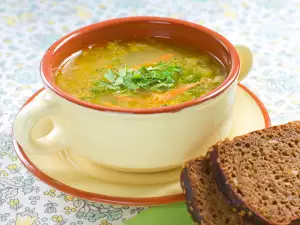
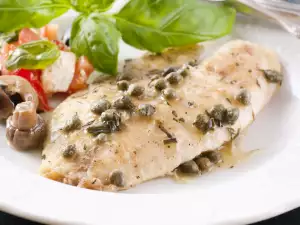
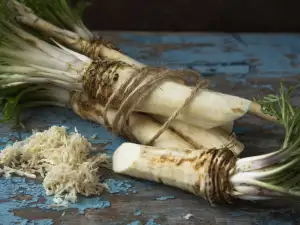
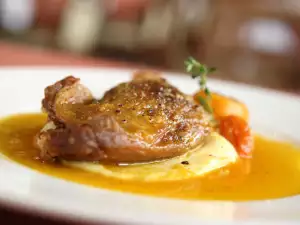
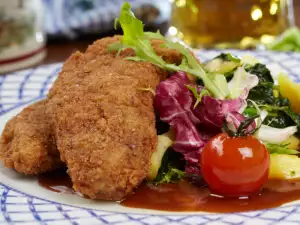
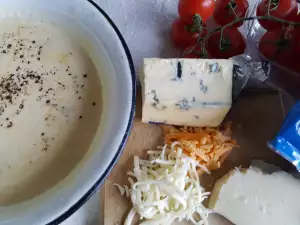
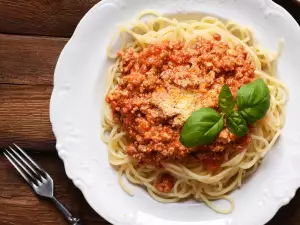




Comments